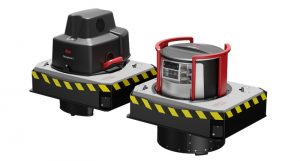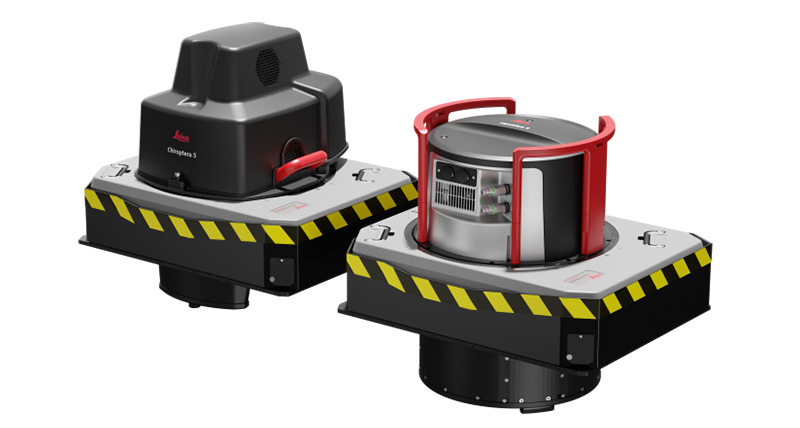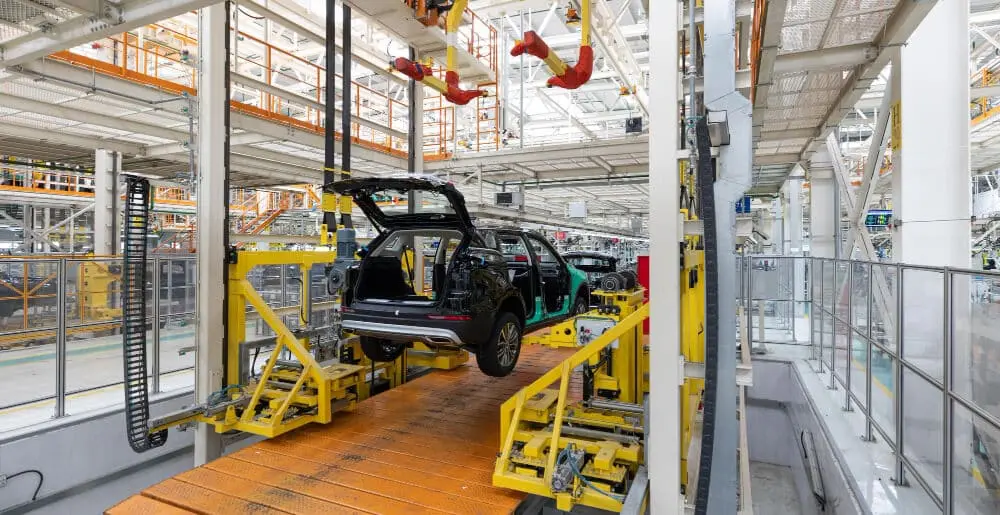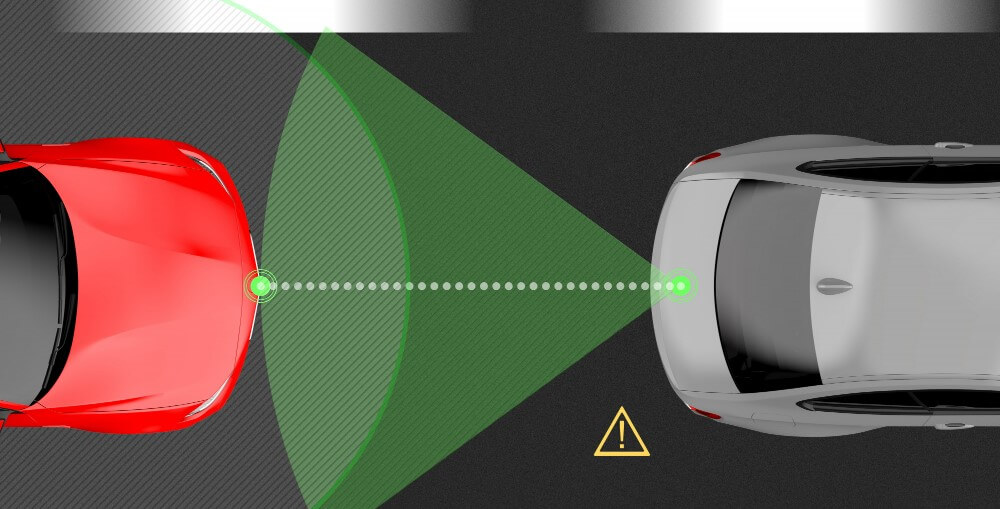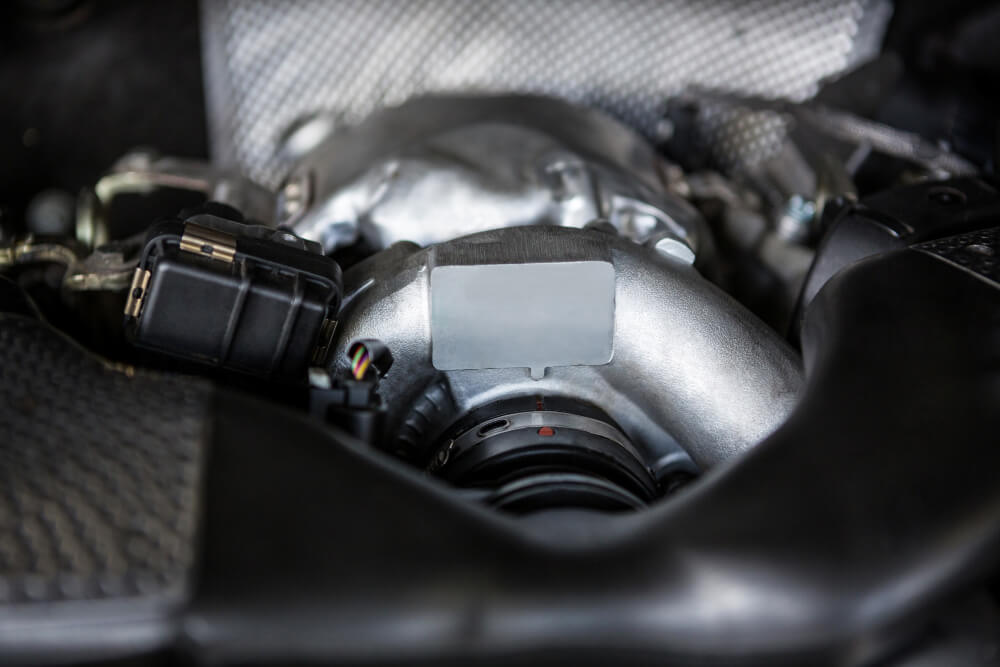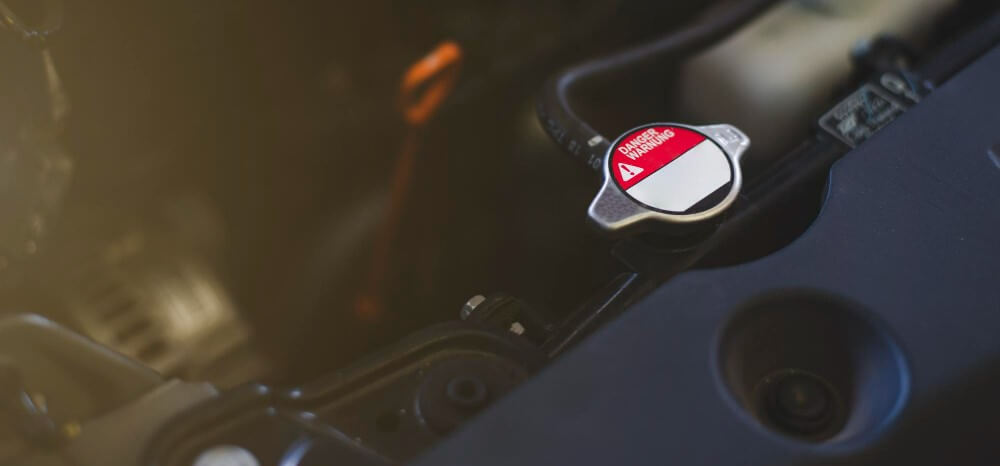Lasers are becoming increasingly popular nowadays in a variety of settings and applications. The laser system offers many benefits over traditional methods, but there are also some disadvantages to consider. In this blog post, we will explore one particular application of the laser system and discuss some of the advantages and disadvantages of using them.
In this blog post, we’ll be discussing the applications of the laser system and its advantages and disadvantages.

A laser system is a versatile tool that can be used for a variety of tasks. It is a powerful and precise tool that can be used for cutting, engraving, and marking. It is an excellent choice for those who need a versatile and powerful tool for their projects.
An example of a monochromatic laser is one that emits a single frequency. This means that the laser can be focused on a smaller area for longer distances without a decrease in the power of the laser beam. An example of a coherent laser is one where all the parts are in phase. This means that the laser emits rational light. Therefore, it is possible to focus the laser on a smaller area for a longer distance without a decrease in power.
1. Advantages of the laser system
Laser systems have become increasingly popular in a variety of applications due to their many advantages. Lasers can be used for everything from cutting and welding metals to engraving and marking various materials. They are also used in medical applications such as surgery and cancer treatment. Lasers offer a number of advantages over traditional methods. For example, they can produce a more precise and accurate cut or weld. Lasers can also work faster than traditional methods, which can save time and money. In addition, they are often more versatile than traditional methods, meaning they can be used for a wider range of applications.
High-power laser systems might be used to generate electricity in the future. Another form of fusion reactor under investigation is laser-induced nuclear fusion. Isotope separation can also be accomplished using powerful lasers. Here are just a few of the advantages that a laser system can offer:
• Increased Efficiency: They are able to cut or engrave material much faster than traditional methods, meaning that projects can be completed in a shorter timeframe.
• Greater Precision: Lasers can produce exact and detailed results, making them ideal for delicate or intricate work.
• Increased Versatility: They can be used on a wide range of materials, including wood, glass, metal, and plastic.
• Cost-Effective: They can often save businesses money in the long run, as they are typically more durable.
2. Disadvantages of the laser system
Laser systems have a few disadvantages that should be considered before investing in this type of technology. One of the biggest disadvantages is the cost of ownership, as they can be quite expensive to purchase and maintain. They require a high level of operator training and expertise to be used effectively, which can add to the overall cost. Another disadvantage of laser systems is that they can be less effective than other types of technology in certain applications, such as when cutting thicker materials. Finally, they can generate harmful emissions that must be properly controlled to protect operators and bystanders.
Do you Know How to Avoid the Top 3 Mistakes When Using a Laser Scanner?
In conclusion, the laser system is the best solution for high performance. It has greater advantages than disadvantages. It solves the problems of surface finishing, paint-free coating, and surface treatment. It is famous because of its high processing speed, high quality, and low cost per unit. The laser system is widely used in the electric, hardware, electrical appliance, metal, and building material industry. The laser system plays a very important role in these industries.




